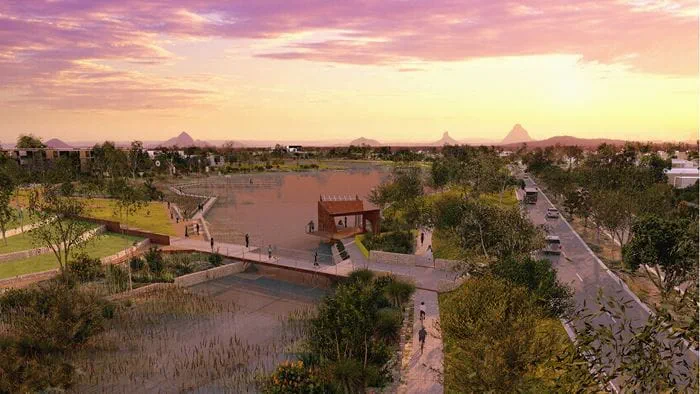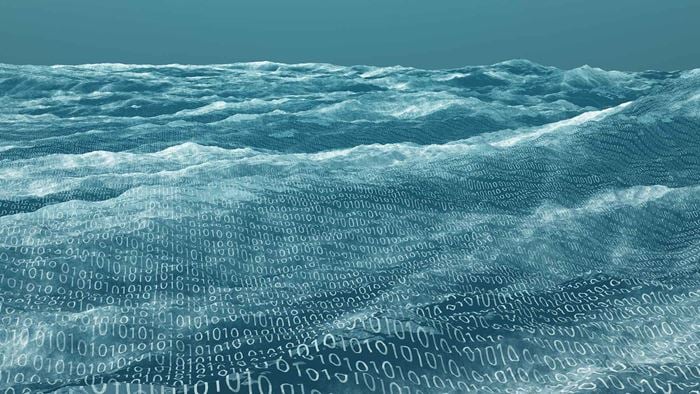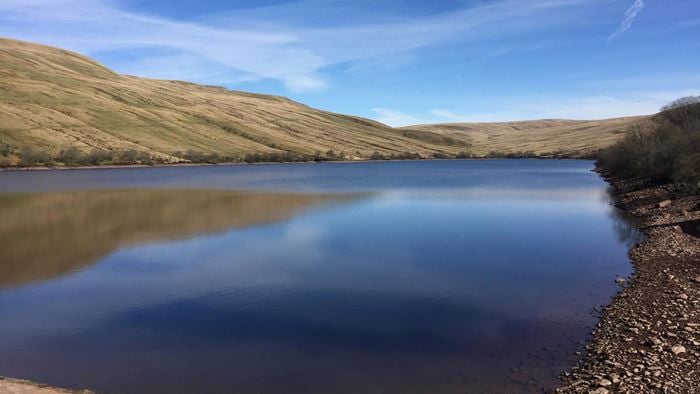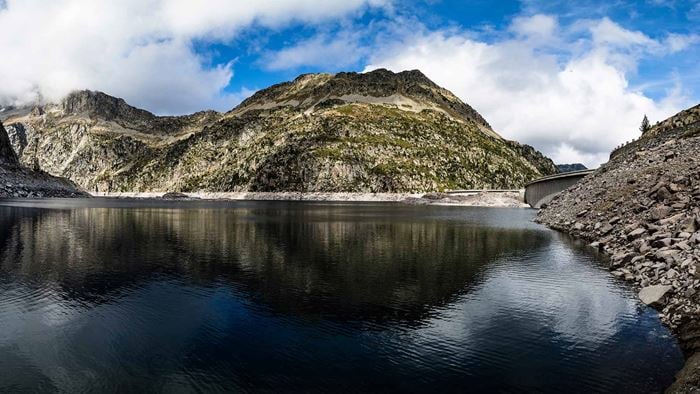Many people have heard of carbon footprints, but few have heard of water footprints. We simply do not know how much water was needed to create the thing we use. I believe that we need a statutory requirement to declare the embedded water in all our goods.
Average water consumption in the UK is about 140 litres per person per day and we drink between two and five litres of this. However, according to figures published by the World Bank in 2009, we actually consume up to 5,000 litres p er person per day of embedded water.
So where is this embedded water used? Well, water is used to generate energy (over 50% of treated water is used for this). It’s also used to mine raw materials and to convert them into the refined materials we use to build our world. This includes all the machines we build, all the roads, all the houses, shops, offices, factories, clothes, computers, mobile phones, cars, buses, trains and all the food we eat.
Apparently, a well-known burger chain sells 25 burgers every second around the world. I doubt that it advertises that the meat in a single quarter pounder contains 2,900 gallons (13 cubic metres) of embedded water (WHRNET). So a single burger equates to more than two days’ worth of your consumption quota. And 25 burgers a second translates into 28 million cubic metres of water a day.
Think of it another way. If we consume 5,000 litres of water a day, this equals about 1,800 cubic metres of water a year per person, nearly enough to fill an international swimming pool. National average rainfall in the UK is about 900mm a year. The current population of London is almost 8.6 million, so it needs just over 17,000 square kilometers of land to supply all the water it consumes each year. Unfortunately, London is only 1,572 square kilometers in size, so you could say it’s using someone else’s water.
I accept that this analysis is simplistic, but it suggests that the UK’s big cities need to be relocated to the highlands of Scotland (which can have over 3m of rain). The alternative is to dramatically reduce our water footprints. But how can we do this if we do not have the information? This is why the embedded water in all our goods should be declared.
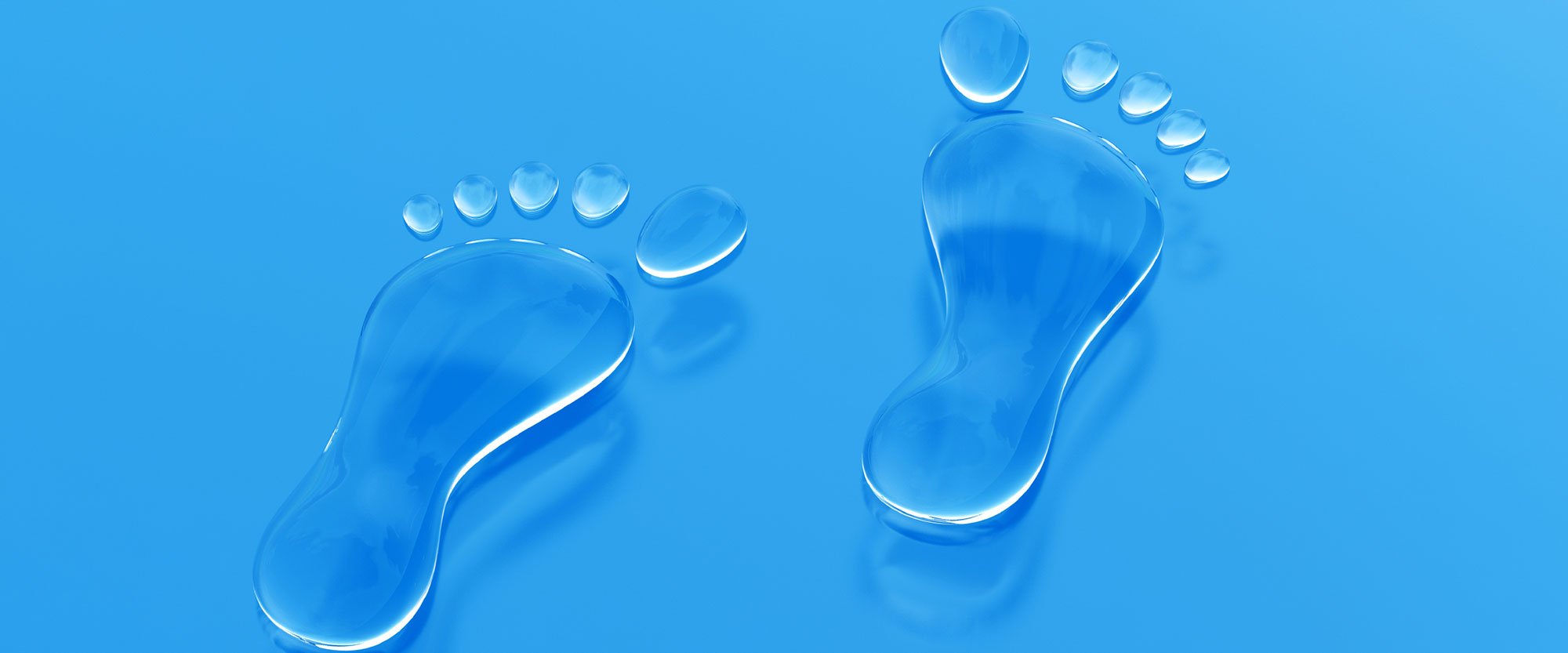 ;
;

